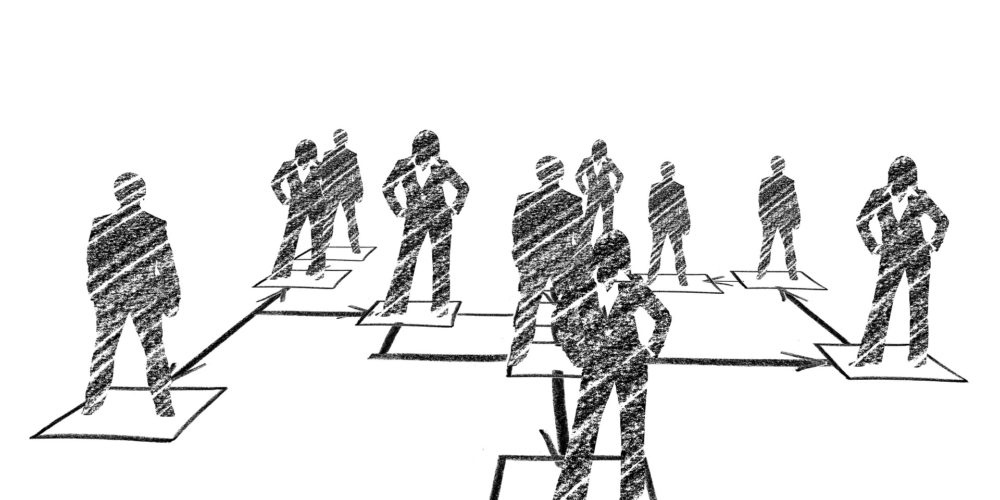How to be a better board chairperson

I am happy to see many good people I know ascending to the position of board chair in recent months and years. This special position needs many more people of wisdom and restraint. If you hope to be a chairperson someday, please keep reading.
First, let’s clear up what the person chairing the board of directors should not be. When I first started advising boards a couple of decades ago, there were three chairperson archetypes I would encounter frequently.
The first was the alpha male, the chest-beating, domineering leader of leaders. This person, often the founder, the controlling shareholder or proxy thereof, would see the role as being the supreme pinnacle of the organization. The chair was the boss of bosses, the thinking went, and was therefore the most important and most feared person. This type of chairperson would often have the best office, best car, and highest quota of acolytes. Board decisions went their way, or they met the highway.
The second type was the slick, connected networker. Often appointed by multinationals or those in need of influence, this breed of chairperson was highly connected and brought in to open political doors and manage key decisions on behalf of the main shareholder. In this case, most decisions would be taken before the board meeting, between the shareholder, chair and chief executive.
The last archetype, also common, was the nonentity chairperson. This was a board leader appointed only for appearances, with no real decision-making power whatsoever. This character would be mild-mannered and agreeable, often very grateful to be plucked from obscurity, but would be all window-dressing and no product.
Thankfully, that era of corporate misgovernance is (largely) behind us. Tighter regulation and better training have led to great improvements, and the roles of director and chair are now much better understood and observed. Capable and knowledgeable individuals are populating our boardrooms and guiding better enterprises.
If you want the position of chair to be in your future, you must understand the peculiar and particular nature of the role. In those parts of the world where we (wisely) split the positions of chair and CEO, the chair’s role requires special attention and understanding. The best chair is more diplomat than dictator, more consensus-seeker than commander. I would suggest a chairperson should have three key attributes, which I outline below.
First, the head of the board should be a team builder, not a kingpin. The correct designation of chair is “first amongst equals”—the one who guides and coaxes the others towards decisions, not the one who calls the shots. This requires intelligent humility and dogged diplomacy—the ability to sway matters without barking an order.
Second, the chair should be wide awake and highly alert. Many, many things can go wrong in large organizations. Pitfalls, both internal and external, await. Strategic missteps, technological disruptions, regulatory shock—all these can undo decades of good work. The board chair must be always probing, always checking, and should never shirk the tough questions. It is not a job for those folks who whistle into the board meeting en route to the next round of golf, or who speed-read board papers and rapidly tick boxes.
Last, the chair should take great pride in the role and the institution. Chairpersonships are not rewards to be handed to those with superficial participation or weak commitment or a multiplicity of other interests. We should seek individuals of substance who believe in the organization and its role in society, and who can act as effective and compelling ambassadors.
Ah, now you see the challenge. The chair can make no decisions alone—but must get them made intelligently and consultatively. The chair is not a full-time presence in the organization—but must be a committed and alert one regardless. The chair must not overreach and command—but must still be firm and authoritative.
Are there such people? Oh yes, but we miss them sometimes because we still use the lenses of yesteryear when looking for leaders. Remember, the proper definition of a leader is the person who creates the conditions for others to succeed. The chair is just a special variant of that definition. Who are the others, in this case? Board directors, managers, employees, customers, shareholders, and society at large. The chair is invested in their success.
When we select those who must lead our boards, let us look for people of tempered personality and expansive thinking, those who understand statecraft and exercise discernment. Then we will start to see organizations that can stand for generations and evolve with a fast-changing world.

Buy Sunny Bindra's new book
The X in CX
here »
Popular Posts
- The map will appear—once you start walking.July 6, 2025
- We’re letting the bad drive out the goodJuly 20, 2025
- Where are you rushing to—your funeral?June 29, 2025
- The grace of the giverJuly 27, 2025















